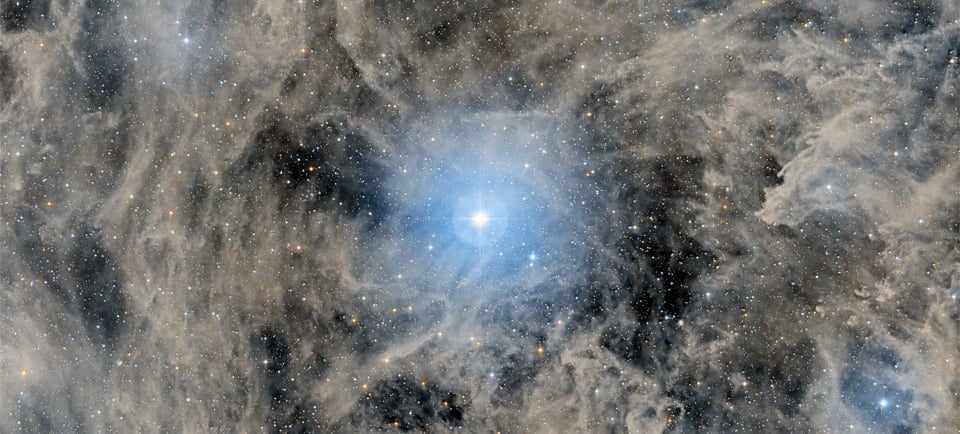The Polaris North Star and the Hidden Galactic Cirrus


The Galactic Cirrus
Galactic cirrus, specifically Mandel-Wilson 1, represents a fascinating and often overlooked component of our cosmos. Unlike traditional deep-sky objects which are composed of solid structures, this unique phenomenon consists of faint, wispy gas. Positioned outside the plane of our galaxy, galactic cirrus offers a distinct combination of beauty and intrigue, capturing the attention of astronomers and enthusiasts alike.
Characteristics of Mandel-Wilson 1
Mandel-Wilson 1 is characterized by its ethereal presence surrounding Polaris, also known as the North Star. This cirrus displays an otherworldly glow, primarily due to the illumination from numerous distant stars scattered across the vastness of space. These stars are part of the Milky Way, contributing to the delicate, shimmering light observed in this region. The gas of the galactic cirrus is not only faint but also diffused, creating a captivating visual effect that beckons observers into its depths.
The Importance of Studying Galactic Cirrus
The study of galactic cirrus, particularly Mandel-Wilson 1, is essential for several reasons. First, it enhances our understanding of the interstellar medium, which is primarily composed of gas and dust. Investigating these wispy formations allows astronomers to gather valuable insights into the processes that shape our galaxy. Furthermore, galactic cirrus serves as a backdrop for many astronomical events, affecting observations related to star formation and galaxy interactions.
Moreover, the faint qualities of Mandel-Wilson 1 illustrate the complexity of the Milky Way’s structure. As researchers delve deeper into these gaseous entities, they can uncover long-standing mysteries about the evolution of galaxies and the dynamics of cosmic materials. Each observation of galactic cirrus adds a piece to the intricate puzzle of the universe, emphasizing the necessity of both advanced technology and creative inquiry in the field of astronomy.
In conclusion, galactic cirrus, particularly Mandel-Wilson 1, stands as a testament to the beauty and complexity of our universe. As we continue to explore these ethereal wisps of gas that grace the space beyond our own galaxy, we uncover not just visual splendor but also fundamental truths about cosmic evolution and the intricate workings of the Milky Way. The further we advance our understanding, the more appreciated these magnificent entities become, leading to ongoing admiration and intrigue in the realm of astronomy.
